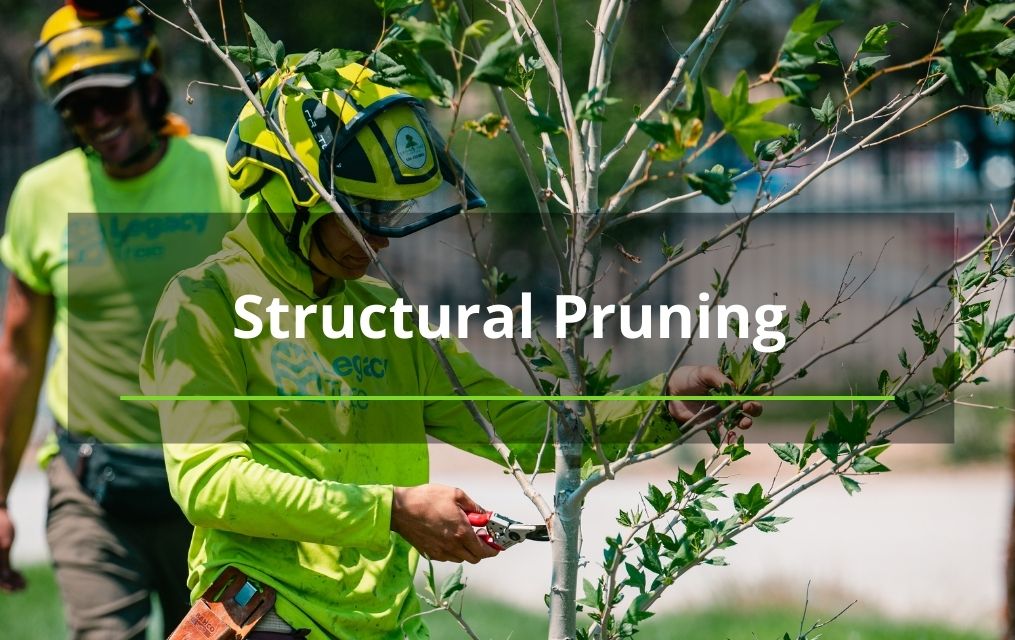Blogs
Spiders in Your Trees

Spiders in Your Trees
Of all the creepy-crawlies that share our world with us, spiders seem to be on many folks’ “ick” list. They look and move so differently from us, and they are all venomous predators. Lucky for us we’re so much bigger!
Spiders can actually play an important role in landscape ecosystems. Because they are predators, they help keep many pest insect levels to a manageable level. And while they are all venomous, which is to say they have poison that is injected when they bite something, only a few are dangerously venomous. Most spider bites are like a bee or wasp sting, and far less likely to happen.
Crab spiders (see photo above) are very common on trees and other vegetation. Like many of their kin, they lay quietly in wait for prey to come close, and then grab, bite, and feast on them. They are often found under bark where tree-damaging insects may be feeding.
Many spiders spin webs and wait for prey to fly into them, where they get stuck. If the web is not producing, the spider may eat the web and then go build another one somewhere else. Some spiders actively hunt, like wolf spiders and jumping spiders. Jumping spiders have tremendously good eyesight and are very creative hunters, even hunting other spiders on that spiders’ own web!
At Legacy Tree Company, we respect our allies in the battle against pests, and that includes these eight-legged, web-spinning, poison-biting marvels of nature.
Click here to find out more about our Albuquerque tree removal services.













